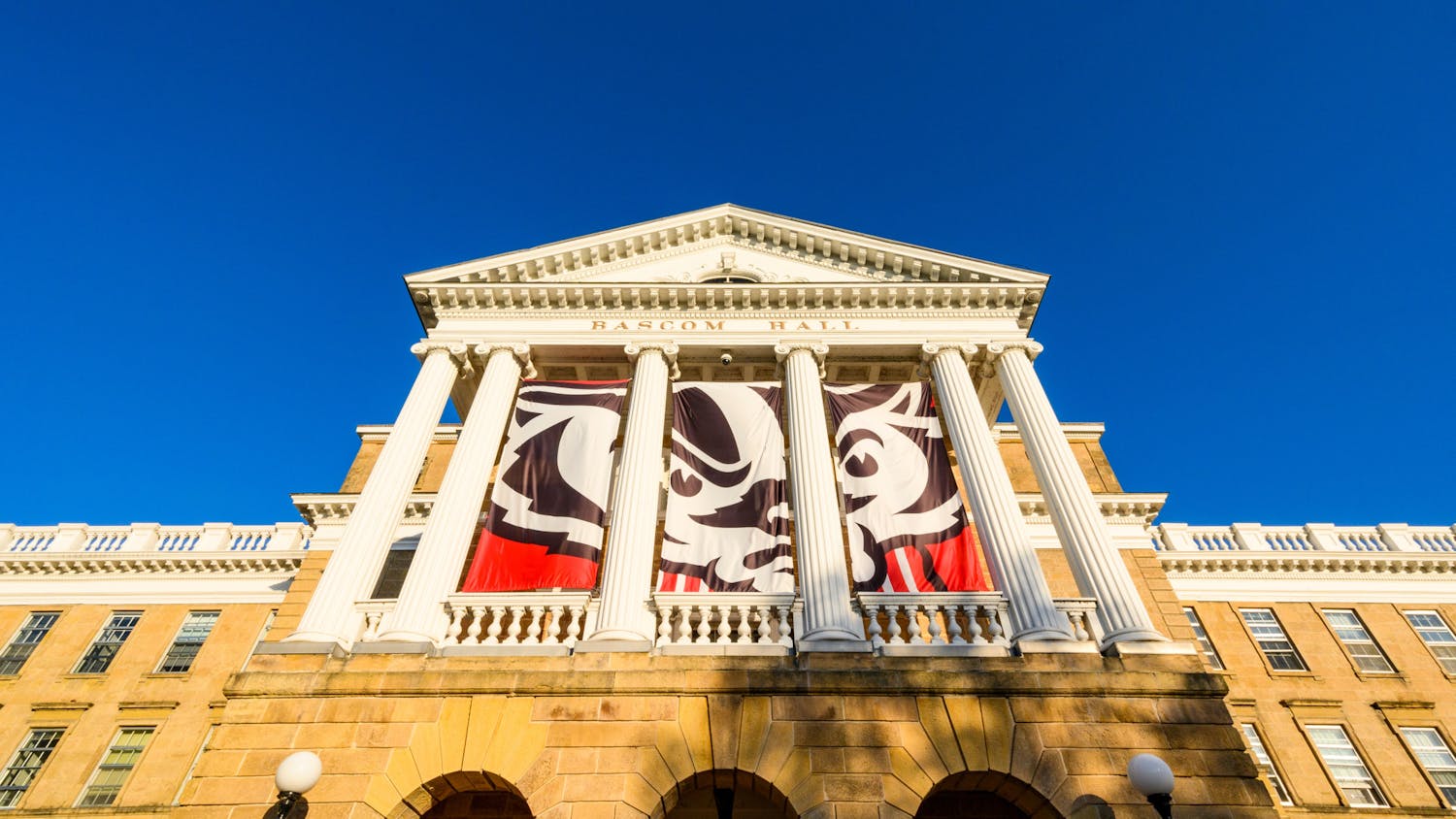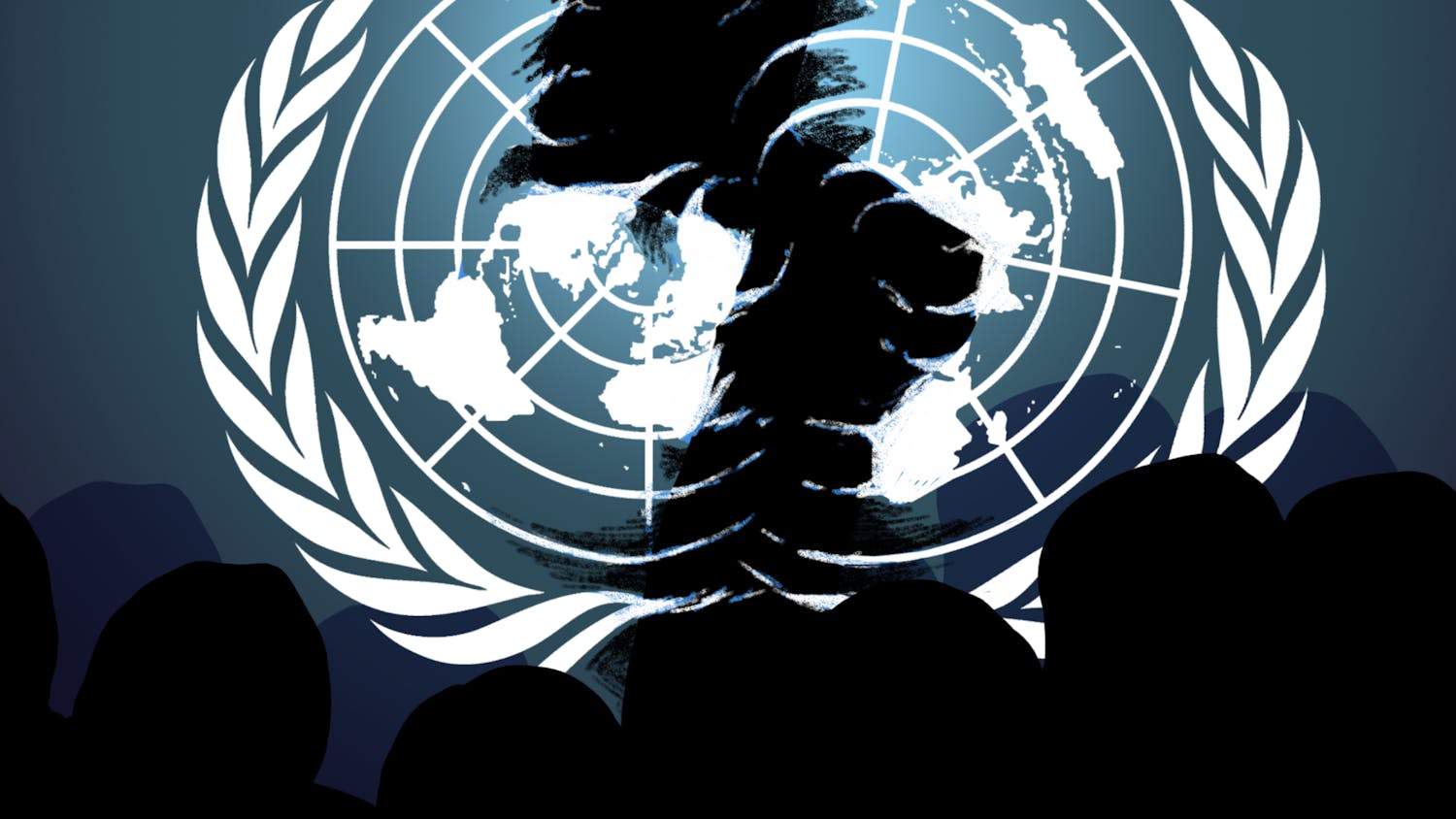Less than two months ago, Silicon Valley Bank (SVB) was only known to a niche group of individuals in California. Fast forward to today, and it has gained an international reputation as a paragon for which we chastise the banking industry and our own government.
Founded in 1983, SVB has long been considered an engine for the innovation economy. The bank provided money to startups and emerging technology companies in the hopes they would grow and pay back the loans. This lending practice was extremely rewarding but risky, as these companies had a high chance of failing and defaulting on their payments. Soon, SVB started losing the confidence of its investors and clients.
These concerns were further amplified by the pandemic, as the contraction of the economy significantly affected SVB’s customer base of startups and emerging tech companies. Companies collectively struggled, leaving the bank to deal with significant losses and a reduced ability to provide more loans. As a result, the bank's financial position became increasingly risky.
This eventually boiled over on March 10, as SVB clients were making a run on the bank. Depositors were scrambling to withdraw their money, which ultimately totaled an amount the bank couldn’t provide. The bank’s stock crashed by 60.41%, trading was halted and banking regulators in California decided to close the bank.
Because SVB was deemed “too big to fail,” the government had to intervene and give SVB financial backing. They gave the bank a credit loan so they could continue lending to customers. This was considered a necessary action to save the bank from failing and sparking a crisis in the banking sector. But, the whole scenario just emphasizes the more severe problem we have been dealing with since the 2008 financial crisis.
Back in 2008, the entire banking industry was on the verge of collapse. The sector was experiencing multiple bank runs, as reckless lending practices and a lack of regulation led to decreased confidence from clients. To stop the wider economy from collapsing with it, the government rescued the failing banks by bailing them out with national funding. While it might have been necessary at the time, banks soon realized they can force the government to continue bailing out riskier institutions that are in trouble.
Although vital, rescuing these failing banks feeds into a moral hazard. The banks become aware that they can count on the authorities to bail them out of trouble, so they become more willing to engage in risky behavior. Put simply, they realize they won’t have to pay for their actions since the U.S. government will — with taxpayer money.
Bailing out failing banks also releases them from responsibility. These banks are not required to alter their behavior or accept accountability for their actions. Because of this, the same issues keep arising — increasing volatility and danger within the banking sector.
More stringent banking laws are needed, as they support the sustainability required to address this issue. Banks should conduct their business safely and responsibly, without taking on too much risk or relying on predatory lending techniques. They also must be able to answer for their deeds and bear the consequences of their choices.
Increased capital requirements for banks would be a strategy to persuade them to act more responsibly. If these institutions had the financial resources to absorb losses without help from the government, they would be less likely to take risks. If we toughen the penalties for banks that violate regulations, a culture of responsibility that ensures bank accountability can be established within the sector.
So, should you open a bank account with Silicon Valley Bank? That decision ultimately boils down to whether or not you trust the U.S. government's ability to make its credit payments.
If so, opening a savings account with SVB is practically risk-free because it is Federal Deposit Insurance Corporation (FDIC) insured, meaning depositors will be protected by up to $250,000 in the case of a bank failure. The decision to create an account with SVB, however, becomes pointless if you don't believe the government will be able to pay its debts on time. All scenarios would result in the eventual collapse of the whole financial system, making all savings and deposits — regardless of the financial institution — meaningless.
So for your sake and mine, let’s give SVB a second chance.
Jason Li is a sophomore studying Finance, Investment and Banking at UW-Madison. Do you trust the U.S. government's ability to make its credit payments? Let us know at opinion@dailycardinal.com.






